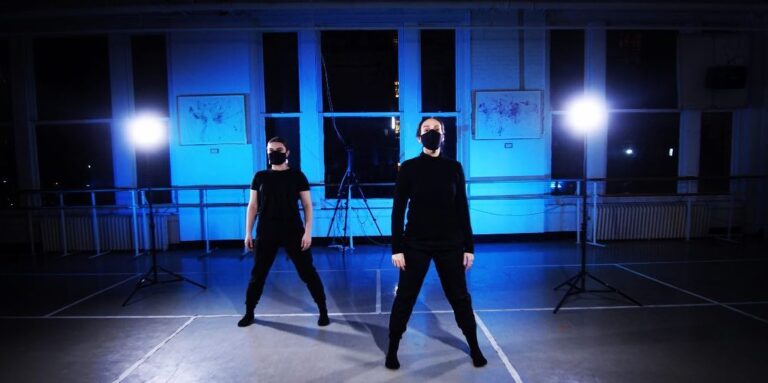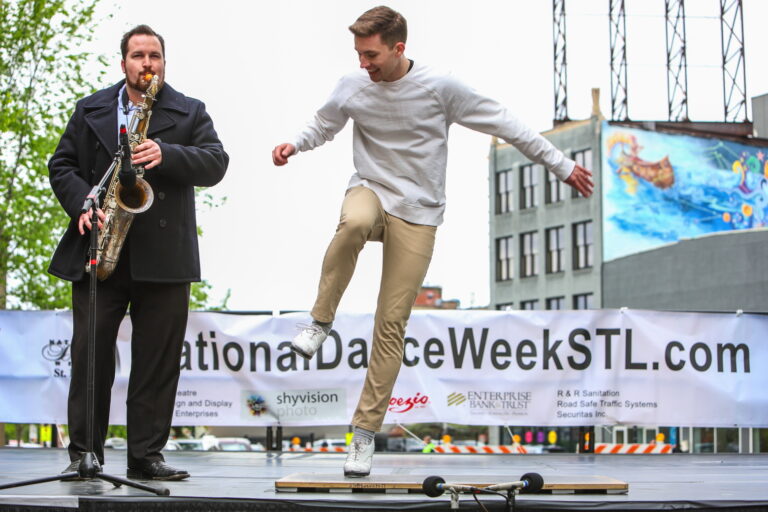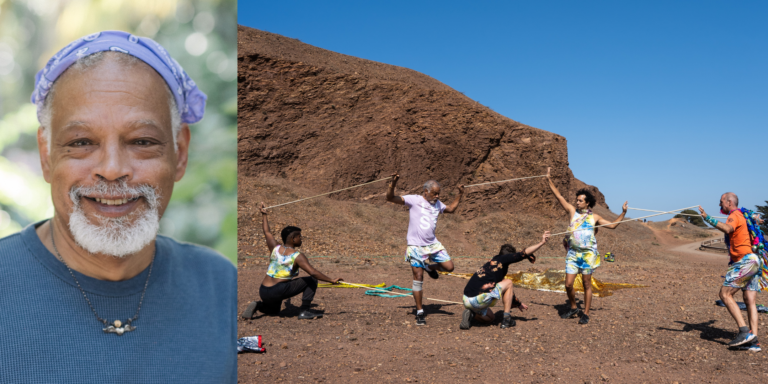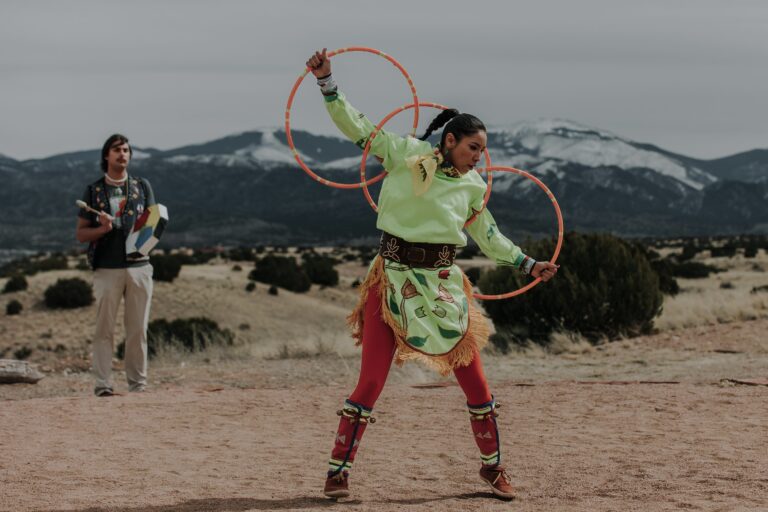Houston Ballet soloist Nao Kusuzaki tried several pointe shoes to help relieve her bunion pain.
Care and prevention
Dancers and bunions make frequent partners. Katarzyna Skarpetowska, a member of the Lar Lubovitch Dance Company, knows how crippling they can be. “I would be just walking down the street and get a shooting pain all the way up through my body,” she says. “I’d have to stop and brace myself and wait for it to pass.”
While bunion pain is often mild, there are cases where the condition can be so debilitating that it affects a dancer’s ability to turn, jump or even stand on one foot. The good news is that there are several ways to deal with the nuisance. By being proactive, dancers can prevent bunion growth and relieve pain caused by its development.
What It Is
A bunion occurs when the metatarsal head of the great toe angles toward the middle of the body, causing the big toe to press against the other toes and put pressure on the joint. These enlargements are not uncommon—about 23 percent of the general population have them—and can be inherited or caused by a dancer’s training. “It’s the boning configuration as a whole that predisposes a dancer to this condition,” says Ruth Solomon, who serves on the board of directors of the International Association for Dance Medicine & Science (IADMS). “It doesn’t matter if you have high arches or flat feet. There are 26 to 30 bones in the foot and dancing is going to pull them out of line one way or another.”
Prevention
Evaluating students’ feet and overall structure can help curb bunion growth.
1. Proper Footwear
Constrictive shoes can encourage growth. “Female dancers tend to develop bunions much more readily than males because they wear pointe shoes and high heels,” says Solomon. Check your dancers’ pointe shoes for fit. “Once I found the right shoes, it changed my life,” says Nao Kusuzaki, a Houston Ballet soloist who suffered from severe bunion pain at age 16. Her new shoes allowed more room for movement and articulation. Fit is most important in the toe box—it shouldn’t be too loose or tight. Excess room may cause the toes to collapse; not enough puts too much pressure on the joint.
2. Strengthening the Feet
Much of bunion growth has to do with training. “Dancers like to wing,” says Solomon. “When they rise from first position onto demi-pointe, you’ll see them move right over to the first metatarsal head. Then it’s even more pronounced when they rise up onto pointe. Pronation encourages the body to make more bone in that area, so that you’re standing on something,” she explains. “The body is very accommodating that way.”
Strengthening the intrinsic muscles may help prevent the instep from rolling forward in turned-out positions. Solomon suggests doing Thera-Band exercises, doming (pulling up the arch muscles while the foot is flat on the floor) and towel scrunches with the toes. “Take five minutes to do these things before and after dancing to develop strength,” she says. Crunching the toes and sickling the feet is also a great way to warm up these muscles before class.
3. Total Body Alignment
Focusing on overall body alignment and strength will help students understand how the joints in the lower body should track. Kusuzaki, a certified Gyrotonic instructor, originally sought the practice to retrain her body. “I didn’t just focus on the bunion itself but on how my body was aligned, building intrinsic muscles and using the rest of my musculature to dance pain-free,” she says. Gaining core strength so that her feet are not overworked has helped her bunion pain. DT
Julie Diana is a principal dancer with the Pennsylvania Ballet and has an English BA from the University of Pennsylvania.
4 Ways to Soothe the Pain
• Take off your shoes whenever you can to relieve pressure.
• Use yoga toes and spacers to help realign the bones. Toe spacers can be worn in street shoes, and Ruth Solomon of IADMS says, “Wearing bunion splints at night will pull your toe out and improve pain.”
• Stretch out your toe by gently pulling it away from the joint with your hand, then slowly moving it medially.
• Warm-soak your feet in an Epsom salt bath to reduce inflammation.
Is Surgery the Right Option?
Dancers under extreme conditions may benefit from surgery if their doctors deem it necessary. Sabina Allemann, former principal dancer with San Francisco Ballet, had an osteotomy to realign her big toe and the two next to it. The surgeon cut bones and tendons and reattached everything using pins and staples, which stayed in her foot permanently. Post-op was pain-free, but she had to wear a walking boot for six weeks. After one year, she was performing full-time. “I have really great flexion and I have no regrets about having the surgery,” she says.
X-rays of Allemann’s feet before and after surgery
Photos from top: by Rosalie O’Connor, courtesy of Houston Ballet; courtesy of Sabina Allemann




